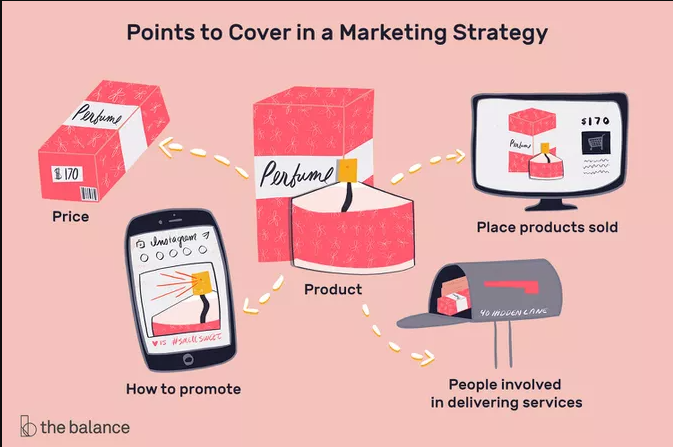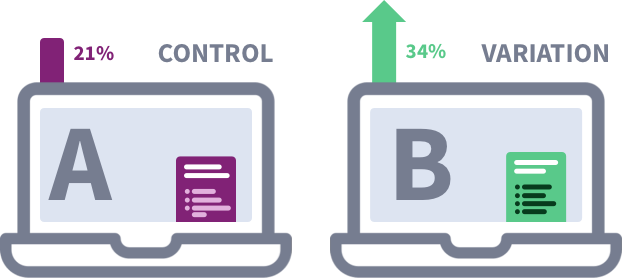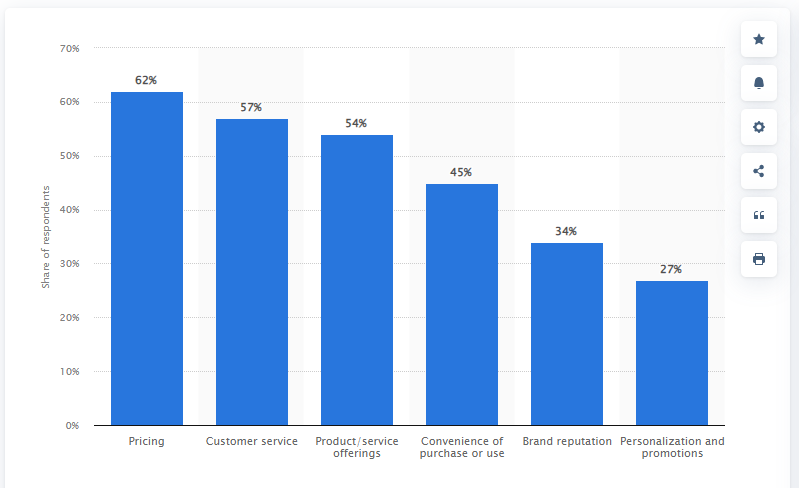The eCommerce industry has been booming over the past few years. In 2021, retail eCommerce sales amounted to over $4.9 trillion globally. This number is expected to grow by another $2 trillion by 2025.
The fact that you’re here shows that you either already have an eCommerce business, or you’re highly considering starting one soon and want to know how to scale it properly from the start.
This article will give you eight effective scaling tactics you can use to scale your existing or future eCommerce business the right way.
What’s the difference between scaling and growing your business?
Growing your business is all about increasing resources — such as staff, infrastructure, and product lines — at the same rate as revenue growth. All revenue made is invested into the growth of the business, and though the business grows in size, it doesn’t necessarily make a lot of profit.
On the other hand, scaling your eCommerce business means increasing your revenue without investing in resources. Therefore, you’d be increasing your profit while your overhead costs remain mostly the same.

To scale effectively, you need to get the most out of your existing resources and only spend minimal money on new assets.
Setting your eCommerce business up for success
The scaling process will be so much easier if you set your eCommerce business up the right way from the start.
If you haven’t started your eCommerce business yet, but are planning on doing so, there’s one key thing you can do to set it up for success right from the get-go — pick the right entity structure.
When just starting out, the LLC structure is a good option.
There are many benefits of the LLC structure, one of which is that it allows you to start small and scale quickly. One of the ways it enables you to scale is through funding, which LLCs can acquire through business loans and credits.
You can either use personal funds, take out loans, or get funding through a venture capital firm.
Venture capital is one of the best investments for accredited investors and is also an excellent tool for small businesses to grow quickly. Often, venture capitalists will offer managerial or technical expertise as well, which is extremely useful for new entrepreneurs.
8 ways to scale your eCommerce business effectively
Here are eight ways you can scale your eCommerce business this year.
1. Create a good marketing strategy
The only way for you to scale your business is for people to know it exists — which is why coming up with an effective marketing strategy is crucial.
Though marketing comes in many shapes and sizes, and there’s no “one-size-fits-all,” a few marketing strategies stand out for eCommerce businesses specifically.

Learn more about marketing by using a free online learning resource like StuDocu, Course Hero, or Brainscape to find thousands of free educational materials on different types of marketing.
2. Understand your customers and buyer journey
Knowing exactly who your customers are will give you a massive advantage. Not only will you know how to communicate with them (i.e., what type of language and imagery you need to use), but you’ll also know where to find them and how their buyer journey looks.
This means that you’ll know where they’re likely to stumble across your business and what compels them to ultimately click on your product.
You’ll want to learn all about their demographics, psychographics, and cognitive thinking behaviors.
Once you know who your ideal customers are, you’ll be able to find them easily. For example, you’ll be able to use email finder tools to help you gain prospective customers’ emails and market your products to them.
3. Outsource where possible
When first starting out, you may have the means to sell, package, and ship each order. However, as you start to grow, it becomes necessary to outsource several tasks to experts or even get security equipment such as on-site cameras to monitor your warehouse.
For example, when you can no longer manage to pack and ship the number of orders you receive, you can hire a fulfillment service that stores all your products and fulfills your orders.
You can also hire external social media experts to handle your marketing campaigns for you.
Keep in mind that when you have other people performing tasks in your business, it’s important to keep security top priority and properly observe identity and access management best practices to avoid data breaches or hackers.
4. Optimize your website
If your website is the main platform you use to sell your products, you need to optimize it for maximum traffic and conversions. However, if you have had your site for some time and your business has grown substantially ever since you might need to start thinking of a domain migration.
To do that, you first need to make sure that your website is optimized for SEO (Search Engine Optimization). SEO will help your website rank in search engines so that customers can find your site organically.
You’ll also need to make sure that your landing pages and product pages are optimized for maximum conversions. By using strategies such as A/B testing, you’ll be able to see which titles, images, descriptions, and call-to-actions perform best and result in the most sales.

5. Invest in automation
If you’re serious about taking your eCommerce business to the next level, then you need to invest in automation. This involves outsourcing some of your mundane tasks to automation services so that you have more time to spend on complex business tasks.
Some of the business aspects that you can consider automating are email campaigns, basic customer support, and gathering feedback.
For example, you can use email automation software to send out emails automatically to subscribers whenever they sign up to your email list. Similarly, you can invest in customer support bots to help customers with basic queries.
6. Collect and show customer reviews
Customer reviews are extremely important when it comes to selling products online. That’s because customers aren’t there to feel, see, and experience the products firsthand. Instead, they have to rely on the word of others about the product’s quality and worth.
Therefore, by adding customer reviews to each of your product pages and including them in your social media and email campaigns, prospects will know that your products are good quality and worth every dollar they spend on them, leading to far more sales and profit.
7. Create a customer retention strategy
There are many reasons customers choose to be loyal to a brand. According to Statista, the three leading factors in keeping customers loyal are pricing, customer service, and product or service offerings.
In the eCommerce world, it’s essential to retain customers. Not only is it less expensive to keep customers than it is to acquire them, but it also creates a loyal following — which can lead to your business becoming an authority in its industry.
Here are some ways you can retain customers:
- Send engaging emails that either entertain or educate your audience.
- Create a loyalty program.
- Offer product discounts.
- Encourage customers to create an account on your site.
8. Offer excellent customer service
As mentioned above, customer service is one of the main reasons customers stay loyal to an eCommerce business.
By designing and implementing a top-notch customer service strategy, you’ll gain loyal customers, get excellent product reviews, and build brand trust.
Here are some of the steps you can take to create a robust customer service strategy:
- Make customer happiness the top priority of your business.
- Have a skilled and driven customer service team (in addition to customer support bots who mainly handle small queries).
- Identify all customer touchpoints.
- Create customer service KPIs (key performance indicators) to make sure your customers’ needs are being met each step of the way.
Ready to scale your eCommerce business?
With the help of these scaling tactics, your eCommerce business won’t only keep customers happy and loyal, but it’ll also help bring more customers directly to your site.
Want to make your eCommerce business even more successful? Learn how to build a thriving customer-centric eCommerce business.




